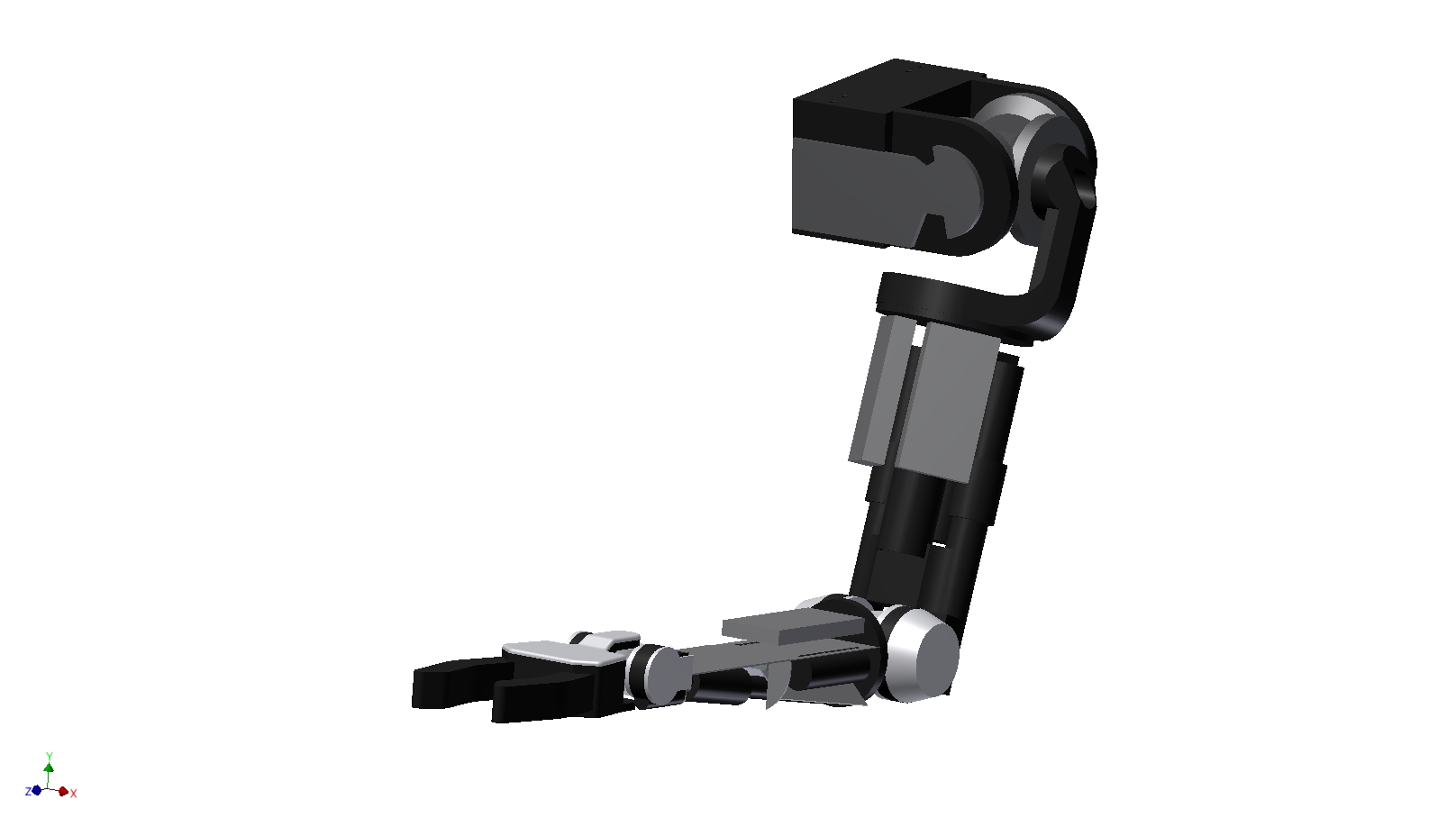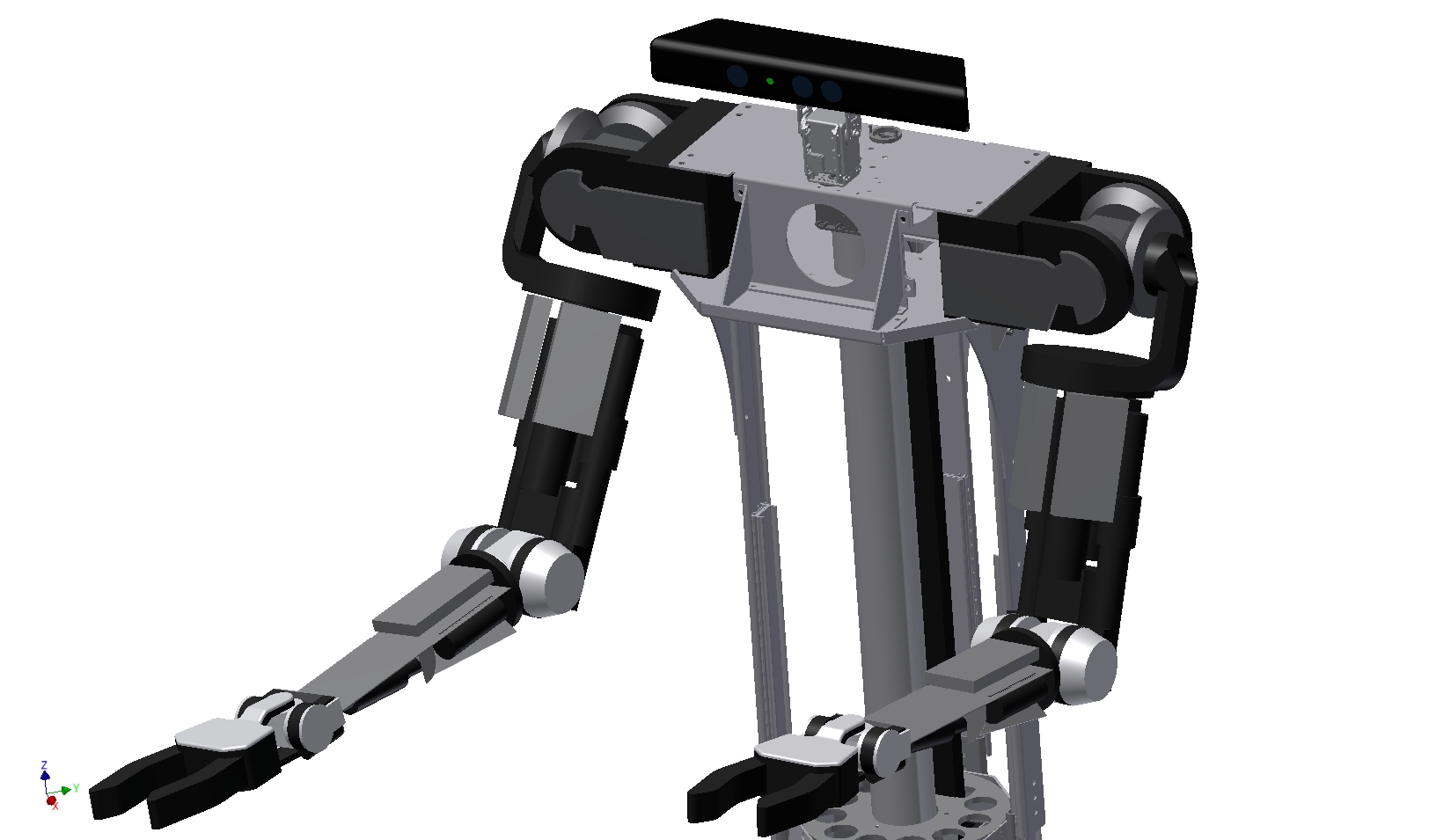AMIGO Arms: Difference between revisions
No edit summary |
No edit summary |
||
| Line 37: | Line 37: | ||
[[Image:AMIGO right arm.jpg|400px|thumb|center|Figure 1:AMIGO's right arm]] | {| style="background: transparent; margin: auto;" | ||
[[Image:AMIGO left arm.jpg|400px|thumb|center|Figure 2:AMIGO's left arm]] | | [[Image:AMIGO right arm.jpg|400px|thumb|center|Figure 1:AMIGO's right arm]] | ||
| [[Image:AMIGO left arm.jpg|400px|thumb|center|Figure 2:AMIGO's left arm]] | |||
|} | |||
[[Image:AMIGO Upper Body.jpg|500px|thumb|center|Figure 3:Mounting of the PERA's to the torso]] | [[Image:AMIGO Upper Body.jpg|500px|thumb|center|Figure 3:Mounting of the PERA's to the torso]] | ||
Revision as of 14:43, 21 November 2011
| Part links |
| Author |
| Philips |
| ??? |
| CAD files |
| .prt |
| .stp |
| .dxf |
AMIGO: Head | Arms | Torso | Base
Part Summary
AMIGO has been equipped with two Philips Experimental Robotic Arms (PERA) to be able to grasp objects in a household environment.
- Author: Philips
- Repository: Link
- Software: www.ros.org
Overview
The upper body is equipped with two arms, mounted onto either side (figure 3). The arms are designed by Philips and are named Philips Experimental Robotic Arms (PERA). The PERA arm is an anthropomorphic arm, i:e:, it closely resembles the human arm regarding dimensions, structure and movability. It has 7 DOF, namely 3 DOF in the spherical shoulder joint, 2 DOF in the universal elbow joint and 2 DOF in the universal wrist joint. The arm’s end effector is a two-fingered hand, containing a revolute joint between the hand link and either of the finger links. The CAD models are shown in figures 1 and 2. Not much information about the PERA's will be supplied since the knowledge behind these arms isn't fully open source.
 |
 |
